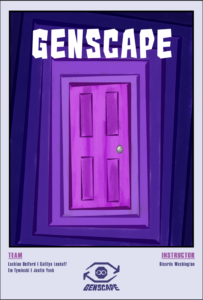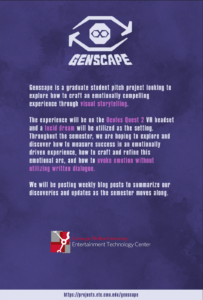Based on our work from last week, we began Week 5 by developing concept art and combining our programming experiments into one combined test scene. Our artists started with key objects and entities from our experience, developing several concepts for our antagonist “shadow figures,” as well as concepts for how our lucidity-extending clocks could fit into various types of environments. On the programming side, we created a scene in which players could use our various movement styles to navigate a series of hallways. The scene contained doors that opened with a push, and clocks that responded to players’ gaze by changing color.
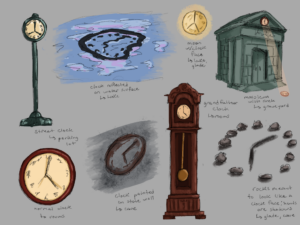
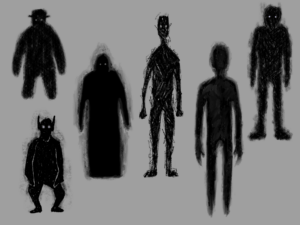
This work led up to our first external playtest, which we held on Wednesday. We had each of our playtesters go through two versions of our test scene in VR—once with teleport-based movement, and once with continuous movement. As they progressed through the scene we asked them to keep track of how many clocks they found, in an attempt to get our testers to look around and engage with our gaze mechanic without directly ordering them to do so. After they went through both scenes, we went through a prepared questionnaire about their experience, focused mostly on how comfortable the mechanics felt and which movement style they preferred. Finally, we did a concept art test outside of VR. We showed each of our six shadow figure concepts one at a time in front of a dark grey background, and asked for our testers’ immediate emotional responses.
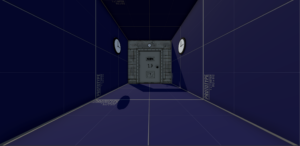
These tests gave us a lot of good data to base our next decisions on. On a technical level, continuous movement was the clear winner. Everyone preferred it to the teleportation mechanic, and no one reported any motion sickness. Because of this, moving forward we are only going to focus on continuous movement, but may still include the option to change between hand tracking and controllers. We also learned that our gaze mechanics are not clear to players without some more guidance. Most testers noticed that the clocks in the environment changed colors, but only one realized that that only occurred when they looked directly at them. Even then, that tester reported that the association between where they were looking and the environment’s reaction did not feel particularly clear or accurate.
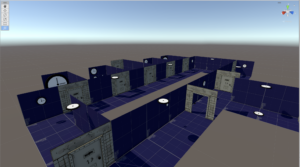
We also asked our participants if they had any emotional reactions to the experience. We weren’t yet attempting to evoke a specific emotion with this test, so with this question we were instead looking to establish an emotional baseline, and see if our experience was unintentionally evoking anything. We got some feedback that our test scene looked a bit like a prison, and lightly evoked feelings of being trapped or constrained. Others said the experience felt very liminal—”like exploring the hidden “Backrooms” of reality”—and already a bit dreamlike. However, we also received feedback that this dreamlike feeling was actually inhibited by having a clearly defined goal.
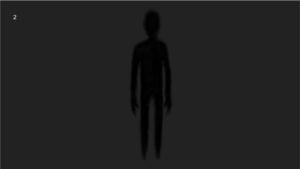
Finally the art test generated a clear consensus on which of the six shadow figures evoked the most fear. Figure #2, the one with no eyes or feet, was the clear standout, with Figure #5 in second place. It also generally confirmed that we were moving in the right direction, as each of our figures, based on the concept of the “original nightmare” evoked at least some discomfort in each of our testers.
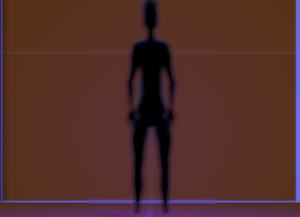
Coming out of the playtest, we spent the rest of the week incorporating the feedback we gathered and preparing a new test for next week. We refined the continuous movement system, and incorporated the ability to move faster by pointing with both hands, which was a direct suggestion from one of our playtesters. We began researching the Oculus Hand Grab API in order to start implementing the rest of our hand tracking-based game mechanics. We began developing a whitebox game scene based on our level layouts from last week. Our artists submitted the final version of our poster and half sheet (which you can see below!) and moved on to concepting environments for our game. We also created a 3D shadow figure based on Figure #2 from the playtests, and developed a shader to give it an unsettlingly blurred and shifting aura. Our playtest next week will combine all of these elements into a single test that should hopefully be a closer match to our final intended experience than anything we have developed so far.
